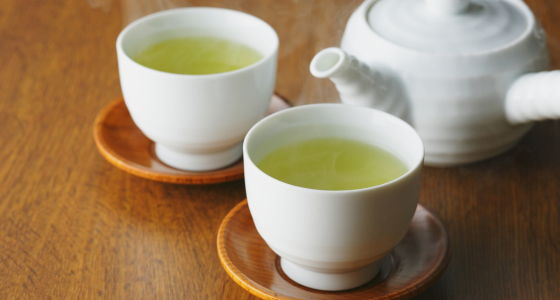
How to Brew Sencha Like a Japanese Tea Sommelier
One afternoon, I watched my cherished loose-leaf sencha turn harsh and bitter under a torrent of boiling water. That first attempt at how to brew sencha felt like a culinary betrayal—until I learned to tame temperature and time.
Imagine unlocking hidden layers of vegetal sweetness, gentle astringency and savory umami with each precisely timed steep. The secret isn’t mysticism, but science: exact degrees, calibrated clocks and respectful leaves.
Ready to transform basic green tea into a refined elixir? Let’s dive into an expert sencha brewing guide that will change every cup you steep.
Unveiling the Art and Science Behind Sencha Brewing

Sencha emerged in 18th-century Japan as a simpler, faster alternative to the formal matcha ceremony. Farmers in Uji and Shizuoka perfected steaming, rolling and drying to preserve a bright, verdant character.
True sencha balances three pillars of taste: vegetal sweetness, rich umami flavor in sencha and a mild, refreshing astringency. When handled correctly, the leaves yield complex layers—from brisk green notes to a smooth, savory finish.
Picking the Perfect Teapot and Sencha Leaves

Your tools matter almost as much as your technique. Consider these teapot options:
-
Kyusu teapot: Classic side-handle design, ideal for controlling pour speed.
-
Glass infuser: Watch leaves unfurl, perfect for visual learners.
-
Porcelain kyusu: Retains heat, lending a rounder mouthfeel.
Leaf quality is non-negotiable. Look for vibrant jade color, a fresh grassy aroma and a sealed package date within six months. Finally, water quality dictates clarity: soft, low-mineral water unleashes pure green tea antioxidants; hard water can mute delicate notes.
Nailing Sencha Temperature for Peak Umami
What Temperature Should I Brew Sencha Tea At?
Overheating is the cardinal sin in Japanese green tea brewing. For your first infusion, aim for 70°C. At this sweet spot, catechins soften and amino acids shine.
Quick Ways to Cool Boiled Water
-
Pour boiled water into a pre-warmed kettle and back again.
-
Immersion: Lower a metal spoon into water to shave off a few degrees.
-
Digital kettle settings: Many models let you dial in exact temperatures.
If you lack a thermometer, count roughly a minute for hot tap water to drop from 100°C to 70°C in a standard teapot.

Timing Your Sencha Steeps to Unlock Umami
Why 90 Seconds for First Infusion?
Start with a 90-second steep at 70°C. This timeframe coax es savory depth without veering into bitterness.
Adjusting Steep Times for Personal Taste
For the second pour, shorten to 30 seconds—you’ll capture delicate sweetness. If your leaves feel dense or your cup too mild, add ten seconds per infusion. Track each change in a tea journal. Over time, pinpoint your ideal balance of body, brightness and umami.
How Many Times Can You Steep Sencha Leaves?
Sencha rewards persistence. You can wring out three to four infusions before leaves exhaust their charm.
-
First cup (70°C, 90s): Peak umami and vegetal complexity.
-
Second cup (80°C, 30s): Gentle sweetness and aroma.
-
Third cup (90°C, 15–20s): Light astringency and brisk finish.
Each round benefits from a slight temperature rise. This progressive approach teases out evolving notes without slipping into bitterness.

Why Does My Sencha Taste Bitter? Fixes and Tweaks
Bitterness often stems from two culprits: overheated water or oversteeping. Here’s how to rescue your next cup:
-
Reduce water temperature by 5–10°C for future brews.
-
Trim steep times: cut 15–30 seconds off the current cycle.
-
Adjust leaf quantity: use 2 grams of tea per 100 ml of water.
And remember: after the fourth infusion, leaves will yield a flat, weak liquor. It’s time to discard and start fresh.
Turning Sencha Brewing into a Mindful Ritual
Sencha shines alongside wagashi—delicate Japanese sweets that heighten its vegetal sweetness. A light rice cracker or mochi brings out subtle rice-like notes.
Frame your brewing process with intention: warm the pot, inhale the dry leaf aroma, observe color changes. This simple ceremony transforms a daily drink into a moment of calm.
For adventurous palates, consider a subscription to our curated sencha varieties—expertly sourced from Uji and Shizuoka.

Steep, Sip, Repeat: Your Next Sencha Chapter
Armed with calibrated temperatures, precise timers and mindfulness, you’re ready to elevate every cup. Embrace experimentation—tweak temperatures, adjust durations and discover the unique umami signature of each sencha. Your journey from novice to home tea sommelier starts with that first perfectly tempered pour.
